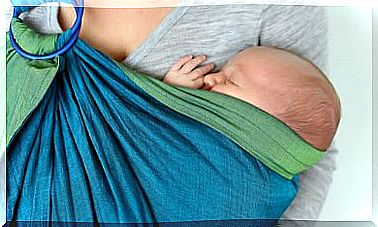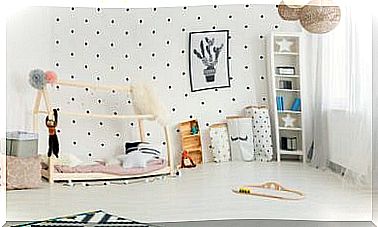How To Relieve Labor Pains?

Labor pains cannot be avoided but they can be relieved. The key is to know our body, let out fear and be aware that everything will work out better if we take a balanced attitude. In the long run, this will benefit us because it will allow us to be aware during the experience and at the same time, we can avoid reaching exhaustion earlier than desired.
Childbirth must be experienced with awareness of one’s own body. Activating instincts and putting into practice what was learned during pregnancy. Not being dominated by pain is the key.
How to relieve labor pains?
While it is true that giving advice is very easy but it is another thing to follow them, when it comes to giving birth, they never hurt. As you may have learned in your prenatal yoga classes or from the testimony of other women around you, labor pains can be relieved but not avoided.
Most of the tips below are a basic guide. These tend to be of great use to most women, so it is worth giving them a try. Now, let’s see how to ease labor pains.
1. Know the body
You have to start from the general to the particular, trying to give this phase a holistic look. In this way, you avoid being absorbed by the pain and nervousness that it generates.
Each woman is different and has experienced her pregnancy in a particular way. Learning to listen to your own body is important because it will be up to you to decide which techniques are best. The goal is to relieve labor pains.
The pain threshold varies from mother to mother, as well as the preparation she has had during pregnancy. So, first of all, it is good to listen to what the body itself asks for.
2. Become aware and accept
Knowing what happens during labor helps you accept it as a natural process. Without fear, he deals with pain in another way. Fear paralyzes and does not allow you to concentrate and seek favorable positions.
3. Find a place of tranquility
Keep in mind that the first stage of delivery is usually experienced at home. Contractions are regular, although spaced. Approximately the contractions occur within 10-15 minutes.
Faced with contractions, pain and anxiety, the best we can do is not deprive ourselves of the experience we are living. This includes fear.
Why find a space for yourself? Because this way you can maintain a certain mental balance and take care of your health at this peak moment. Cheer up! If it is possible to achieve it, you just have to want it.
4. Breathe regularly
Breathing is key to relieving labor pains and is something that is taught and reiterated in preparation courses. Breathing deeply during difficult contractions promotes oxygenation of the baby and works as a natural relaxant. Relieves tensions and occupies the mind.
How to breathe? Concentrating on the moments when the contraction appears. In it, breathe deeply, feeling the lungs fill with air and expand the rib cage. Then exhale slowly and breathe normally between one and the other.
5. Take a shower or bath to relax

Taking a lukewarm shower when the pain starts is recommended for two reasons. On the one hand, because it works as a relaxant for tight muscles and a sore back. On the other, because it favors dilation and thus speeds up the process.
6. Keep moving
Discomfort makes you want to lie down in bed. But what actually favors the activation of labor and dilation is movement. Walk and stay upright.
Also, to help the baby fit in, it is advisable to perform rotational movements of the pelvis. How? Rocking on rubber birthing balls or exercising that same movement in any seat.
7. Find the flattering positions
As many mothers put it, one position that works is to get on all fours. In fact, it promotes dilation and relaxes the area of the back, which is the one that is initially sore. For the woman, squatting or kneeling also helps expand the pelvis and prepares her for childbirth.
8. Massages
Another resource to cope with pain is massage. They help to decompress the most tense areas. Gently massaging the back and feet with some lotion, facilitates the relaxation of these parts of the body.
Using heating pads or an electric blanket to provide heat also has a calming effect.

9. Concentration
The positions and breathing achieved in yoga or Pilates are good examples of how to achieve self-control at times when it may not be easy.
When to go to the doctor?
Do not move to the hospital early until the contractions are regular and continuous. If we do not detect an abnormal situation, the privacy of the home is always better. Of course, in company and very ready to go out.
By last…
Skipping this moment is not possible, but it is possible to cope with it in a more natural way. Not being afraid of pain is one of the keys to preventing it from spreading and trying these techniques, seeing which one is better.










